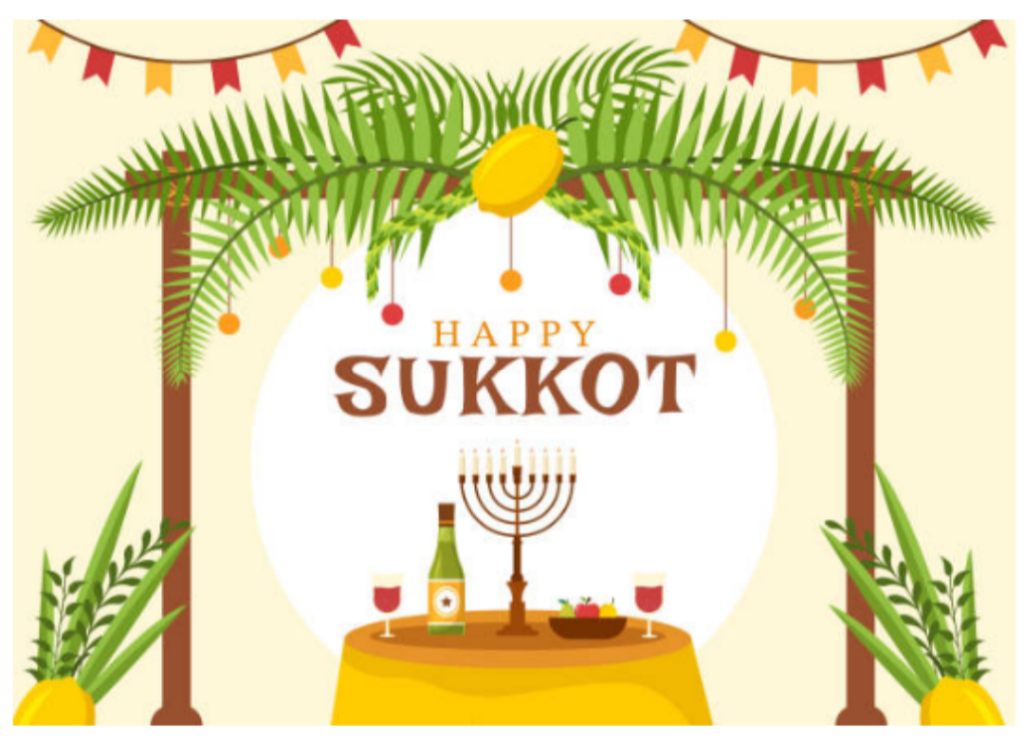The Feast of Tabernacles, known in Hebrew as Sukkot, is one of the seven biblical feasts outlined in the Torah. It is celebrated annually in the fall and holds deep significance in Jewish tradition and biblical history. This festival is not only a time of rejoicing and thanksgiving but also a period of reflection on God’s provision and faithfulness.
Historical Background
Sukkot commemorates the Israelites’ 40 years of wandering in the desert after their exodus from Egypt. During this time, they lived in temporary shelters, known as sukkot (singular: sukkah), which symbolize the fragility of life and the dependence on God’s protection.
Scriptural Reference:
- Leviticus 23:42-43: “You shall dwell in booths for seven days. All native Israelites shall dwell in booths, that your generations may know that I made the children of Israel dwell in booths when I brought them out of the land of Egypt. I am the LORD your God.”
Symbolism of the Sukkah
The sukkah is a temporary structure with a roof made of organic materials, allowing those inside to see the stars. This design serves as a reminder of the transient nature of life and the importance of relying on God.
Key Elements of the Sukkah:
- Walls: Representing protection and community.
- Roof (Schach): Made from natural materials that provide shade but allow for visibility of the heavens, reminding us of God’s presence.
Agricultural Significance
Sukkot also marks the end of the agricultural year. It is a time to give thanks for the harvest and acknowledge God as the provider of all sustenance.
Scriptural Reference:
- Deuteronomy 16:13-15: “You shall keep the Feast of Tabernacles seven days, after you have gathered in your grain and your wine. And you shall rejoice in your feast… for the LORD your God will bless you in all your produce and in all the work of your hands, so that you shall surely rejoice.”
A Time of Joy and Community
Sukkot is often referred to as the “Season of Our Joy” (Zman Simchateinu). It is a time for family and friends to gather, share meals in the sukkah, and celebrate together. The festival emphasizes hospitality; inviting others to share in the joy of the season is a key tradition.
Spiritual Reflection
From a Hebraic perspective, Sukkot invites believers to reflect on their spiritual journey. It encourages a sense of humility, reminding us that just as the Israelites relied on God in the desert, we too are called to trust Him in our daily lives.
Themes of Sukkot:
- Dependency on God: Recognizing that all we have comes from Him.
- Joy and Celebration: Embracing community and the blessings of life.
- Hope and Anticipation: Looking forward to the ultimate fulfillment of God’s promises.
Conclusion
The Feast of Tabernacles is rich with meaning and tradition. It offers a unique opportunity to connect with our roots, celebrate God’s provision, and reflect on our journey of faith. As we celebrate Sukkot, let us remember the lessons it teaches about community, gratitude, and reliance on God’s enduring presence in our lives.
Relevant Scriptures for Further Study
- Exodus 23:16: The command to keep the Feast of Ingathering.
- Zechariah 14:16-19: A prophetic vision of Sukkot’s significance in the end times.
- John 7:2-14: Jesus’ celebration of Sukkot and its implications for believers.
As we engage with this rich festival, may we embrace its lessons and celebrate the goodness of God in our lives.
